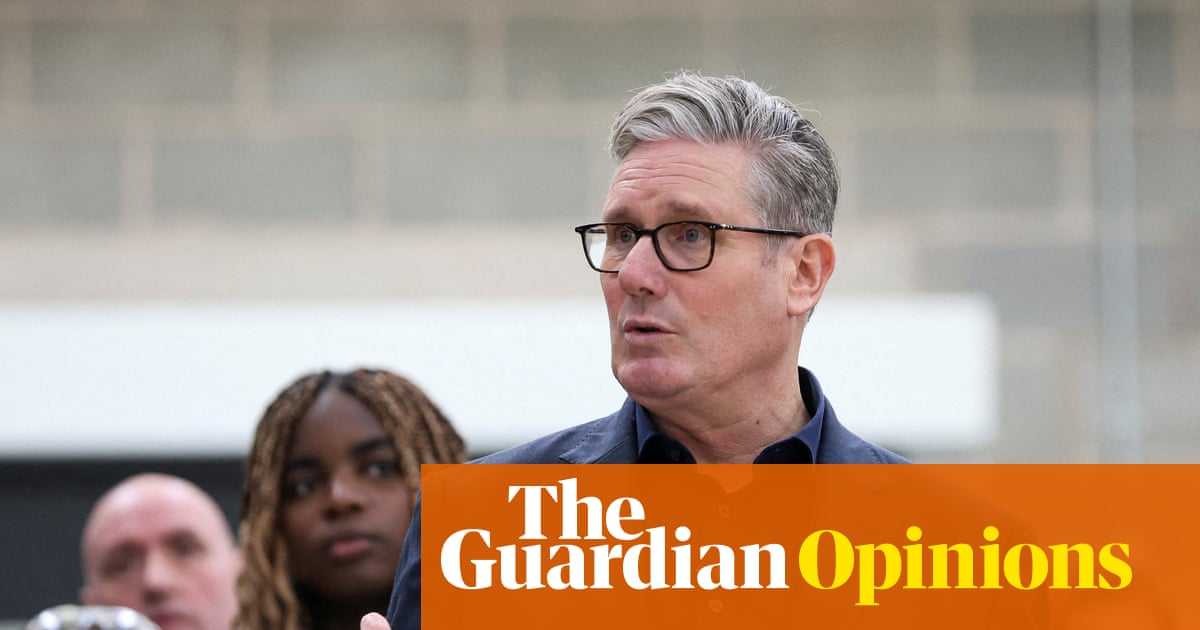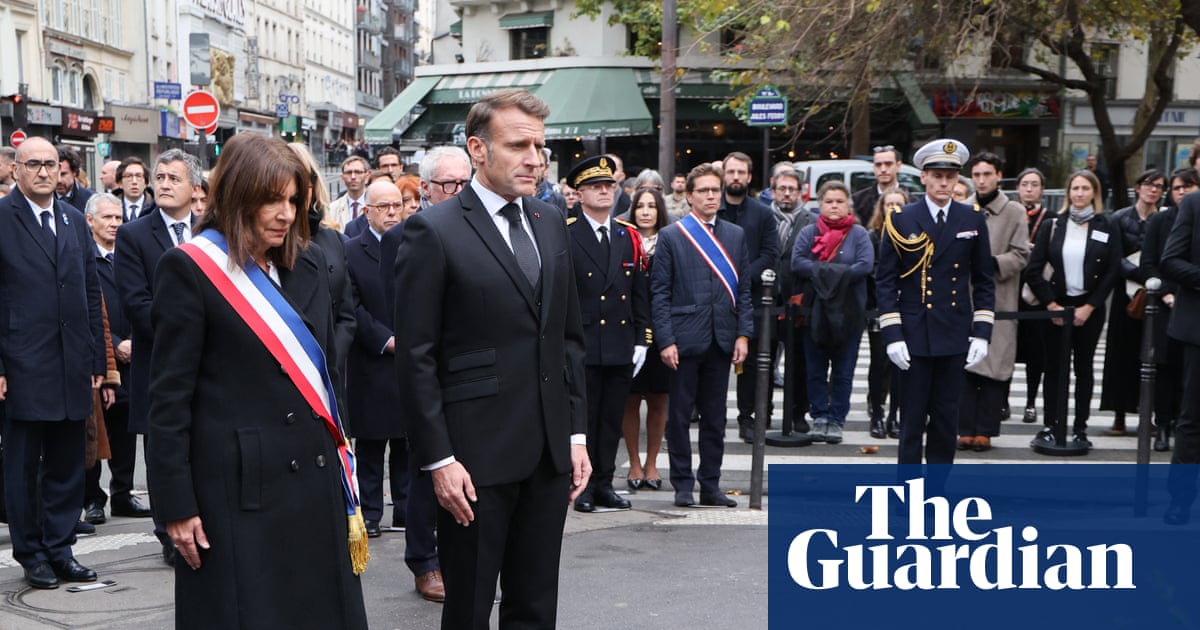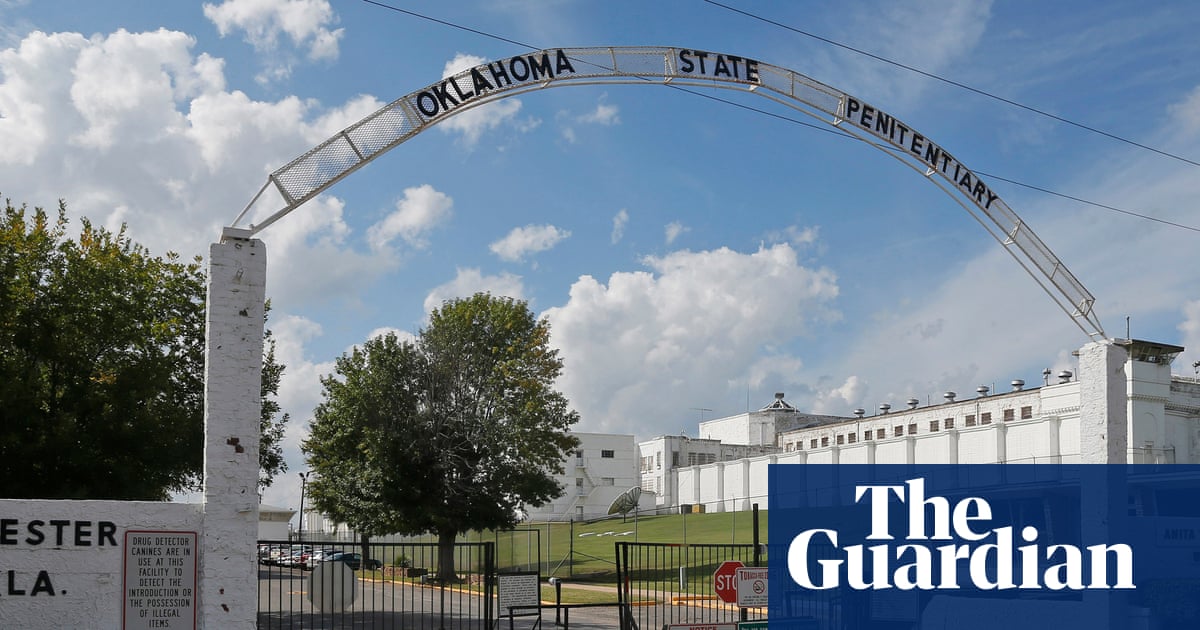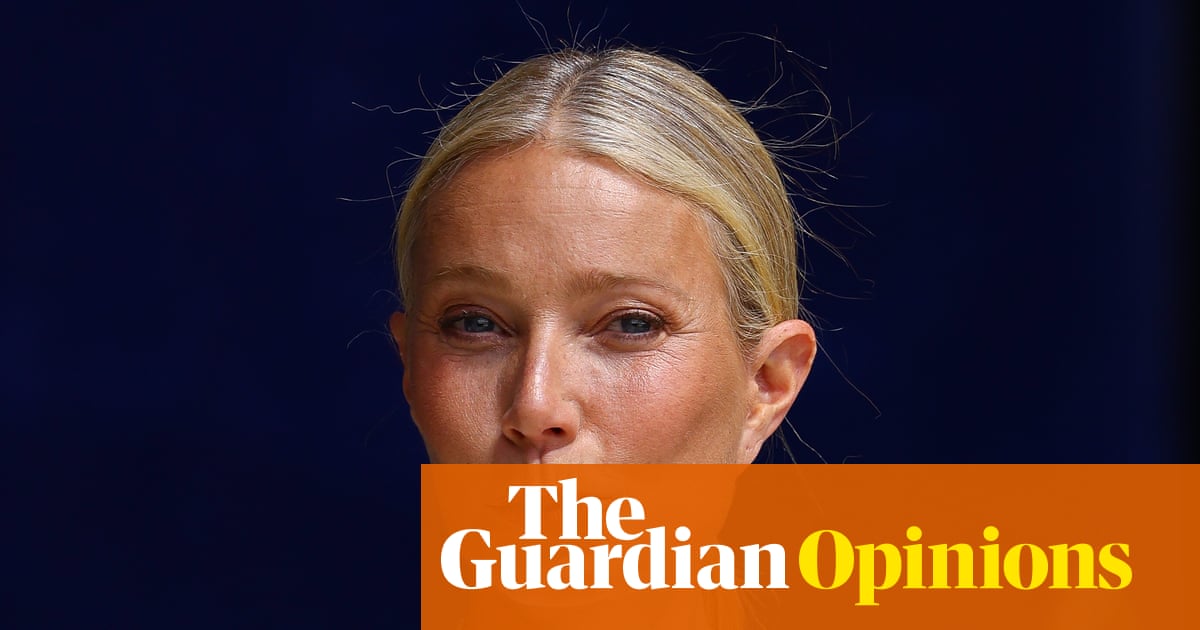It is impossible to talk about cancer without invoking another Big C: cliche. Illness and pain, “journeys” and “battles”, finding appreciation for life while reckoning with death – these are the building blocks of cancer stories, at once uniquely devastating and devastatingly common. The poets Andrea Gibson and Megan Falley, romantic partners for over a decade, took divergent approaches to the Big C. As a writer and editor, Falley strived to “eradicate” cliche; Gibson, as Falley put it, would instead “double down”.
Diagnosed with incurable ovarian cancer in their late 40s, Gibson, the poet laureate of Colorado thus chose to double down on mantras we often aspire to embody but forget to practice: live fully, laugh more, love harder. Savor it all. “This is the beginning of a nightmare, I thought … my worst fear come true,” they say early in the exquisite new documentary Come See Me In The Good Light. “But stay with me … because my story is about happiness being easier to find once we realize we do not have forever to find it.”
It is cliche. And yet, as told by Gibson and Falley in poetry, prose and whispers in bed at their home in rural Longmont, Colorado, such happiness is tender, hard-won and luminous. Their heart-forward film, directed by Ryan White, sits with plenty of pain in what the couple know will be some of their last months together: doctor visits and chemotherapy, tears and the overwhelming grief of knowing your loved ones will go on without you. The couple live in three-week increments – the time between blood tests that can quantify the spread of Gibson’s cancer and the success, or diminishing returns, of different treatments to keep it in check. A high score: shock, processing, a bruise blooming in real time. A low score: utter joy. A temporary period of lightness. And throughout, the most gutting revelations and sacred connections, often triggered by the most quotidian and profane (for Gibson, it’s one of those novelty iPhone age filters, giving them wrinkles and gray hair they will never see).
Gibson, a former touring spoken word poet whose fearlessly unbridled, unminced words on life and mortality once sold out rock clubs, is uniquely qualified to stare down the big feelings, to wrangle and put words to the fragile and brittle subject of dying. They make for a magnetic subject, chatty and amiable, uninterested in the usual boundaries; hardly a scene goes by without Gibson and Falley, their rock, addressing the film-makers directly, inviting them into their circle of trust, intimacies and at times raunchy jokes. An early scene – one of the first White and producing partner Jessica Hargrave filmed in 2023 – finds the couple collapsed in laughter at the dinner table with a friend, after Gibson joked that Falley would “finger the cancer” out of them.
Such humor, dark and disarming, forms the lifeblood of the 104-minute film; no wonder it won the audience-voted festival favorite award at Sundance. Around it, White constructs a delicate portrait of the poet, collaging readings of their most poignant poems – listen to Tincture, on the soul grieving the fallible body, and try not to well up – with footage from their earlier years, as a closeted queer kid in rural Maine, then a depressed young adult who found purpose in spoken word poetry. White smartly weaves Gibson’s evolution as a poet and performer, commanding stages like a rockstar –“we called them the gay James Dean,” Falley jokes – with their hopes to stage one final show, a celebration of life before their death.
That performance, graced by Gibson’s friend and documentary producer Tig Notaro, is the film’s greatest public triumph, a stunning showcase of one person’s achingly full life. But its primary feat is one of direct, unvarnished honesty, addressing ironies that would feel too neat if they weren’t so poignant and true: how it felt for Falley, working for years on a memoir about her lifelong struggle with body image issues, to watch her partner long for a body, just any body, that was healthy. How Gibson must decide whether a potentially life-extending experimental treatment is worth the possibility of permanently losing their voice. How gender confusion, dysphoria and fluidity, long a focus of Gibson’s work, seemed to melt away with the real specter of death. “I don’t know myself by my gender any more – it’s almost like your identity itself sort of drips off of you, it sort of falls off,” they say. How a person who lived with a “persistent desire to die,” and who spoke frankly of self-harm and suicidal thoughts in their art, suddenly felt, with cancer, a persistent and prodigious desire to live.
Gibson died in July, at the age of 49, surrounded by Falley, their parents, their pets, several ex-girlfriends and incalculable love. The date goes unmentioned in the film, and there is no footnote. It ends, instead, some time before that, somewhere between life and death, Gibson vibrant on screen and vibrating with wonder: what a glorious thing, to be alive. What a gift to carry on.
-
Come See Me in the Good Light is available on Apple TV+ on 14 November

 2 hours ago
2
2 hours ago
2

















































